
surfresearch.com.au
chicago p.d. : lifeguard surfboards, 1945
chicago p.d. : lifeguard surfboards, 1945
|
|
|
|
|
|
 |
surfresearch.com.au
chicago p.d. : lifeguard surfboards, 1945 |
Winner Boats, Inc. was originally located in West Trenton, NJ and began building wooden boats, skis, and related sports equipment in the early 1930s. Winner eventually changed to fiberglass boat production in the late 1940s, making wooden skis obsolete in their manufacturing process. http://www.woodenskis.com/classic_brands.htm#winner |
 |
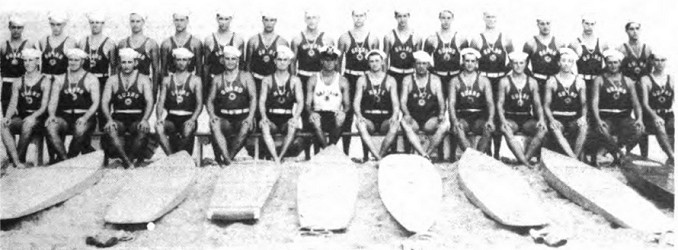
| Page 51
Right: Different types of surfboards. |
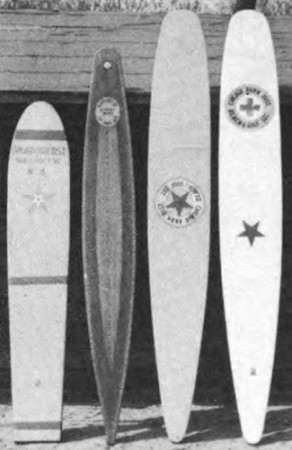 |
| Approach. While paddling, keep eyes on victim. Use shallow, cupped stroke. Arm must not dig into water any deeper than forearm, to secure speed and balance for momentum. |
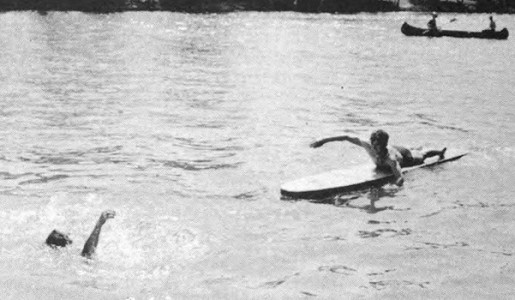 |
| Contacting. Seize victim by wrist and bring to surfboard in proper position for "overthrow". Now assume' position as shown in illustration of "overthrow", straddling board. Keep feet sculling to balance board while preparing to place victim on it. |
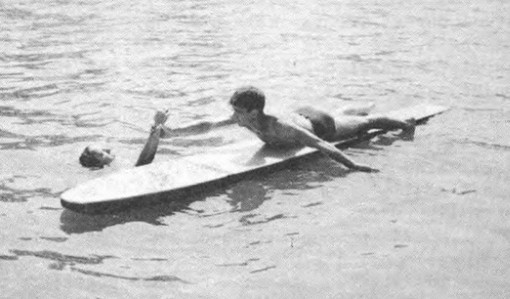 |
| Overthrow. Square victim off at board. Seize victim by thigh, and push his head away - bearing in mind meantime to retain balance by sculling. |
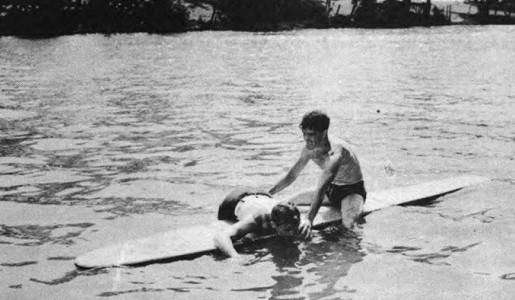 |
| The Guard, by using
technique explained in "overthrow", can, with little
effort, easily slide victim onto board. Victim is straightened out by pushing his head away and pulling on his thigh. Now paddle in with same shallow arm stroke used in approach. |
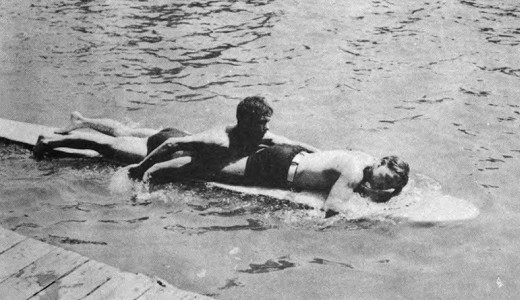 |
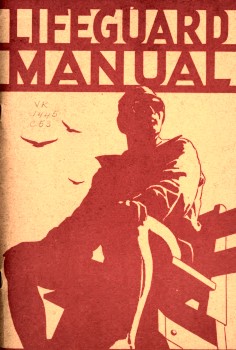 |
Chicago Park District: Lifeguard Manual for Beach and Pool Safety. 1941. Hathittrust http://hdl.handle.net/2027/mdp.39015073473566 |
|
|
|
|
|
|